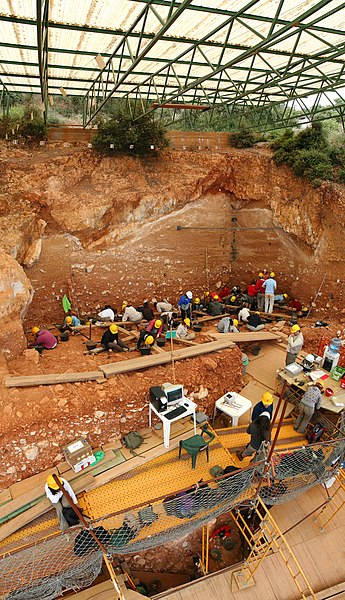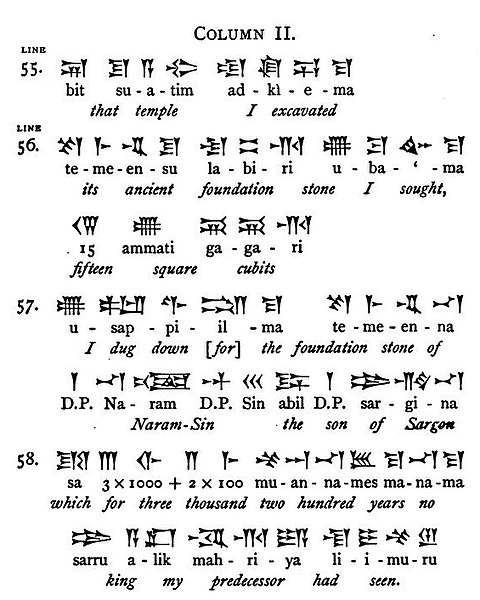Stratigraphy (archaeology)
Stratigraphy is a key concept to modern archaeological theory and practice. Modern excavation techniques are based on stratigraphic principles. The concept derives from the geological use of the idea that sedimentation takes place according to uniform principles.
When archaeological finds are below the surface of the ground, the identification of the context of each find is vital in enabling the archaeologist to draw conclusions about the site and about the nature and date of its occupation. It is the archaeologist's role to attempt to discover what contexts exist and how they came to be created. Archaeological stratification or sequence is the dynamic superimposition of single units of stratigraphy, or contexts.
Archaeological stratigraphy at the Iron Age site of Goosehill Camp on Bow Hill, West Sussex in Southern England.
Neat stratification in Athens (Ceramicus Cemetery).
Figure A
Figure B
Archaeology or archeology is the study of human activity through the recovery and analysis of material culture. The archaeological record consists of artifacts, architecture, biofacts or ecofacts, sites, and cultural landscapes. Archaeology can be considered both a social science and a branch of the humanities. It is usually considered an independent academic discipline, but may also be classified as part of anthropology, history or geography.
Excavations at Atapuerca, an archaeological site in Spain.
Nabonidus cylinder from Sippar
Extract describing the excavation
Archaeologists excavating in Rome, Italy








